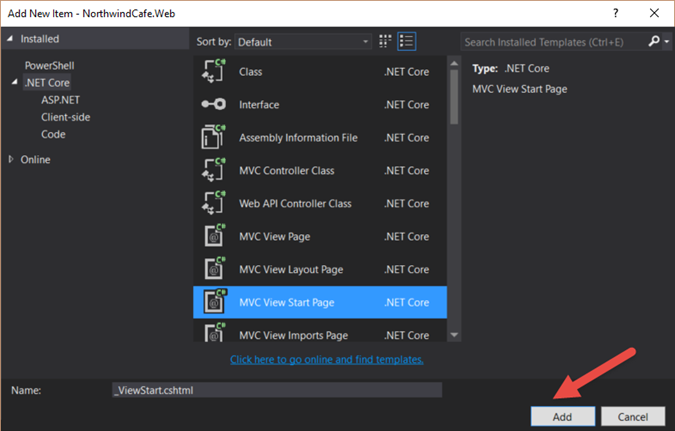Ubuntu Server : Installing Apache Web Server Part 1
Apache (HTTPD) is the most popular web server on the web right now. It is from the Apache Software Foundation. A web server serves content to the web. The power of Apache lies in it's modules which allows you to process scripting languages such as Perl, and PHP.
In this blog we will go over how to install the Apache Http Web Server on the Ubuntu Server:
1. In the terminal type in the following command
apt-cache search apache | more
the "search" command searches for the latest apache web server version, we added the "more" command so that we can press enter to scroll
as you can see the "Apache HTTP Server" is called "apache2"
2. Press "q" to get out of "more" listing
3. Type in the following command to install the apache2 package
sudo apt-get install apache2
4. When asked if you want to continue select "Y"
5. The installation will go on automatically
6. Once you get your prompt back type in the following command to open the localhost page in firefox
firefox http://localhost
7. You should see the Ubuntu Apache2 Ubuntu Default Page as your localhost home page, and that's all there is too it. In future blogs I will go over how to use and configure the Apache web server.
In this blog we will go over how to install the Apache Http Web Server on the Ubuntu Server:
1. In the terminal type in the following command
apt-cache search apache | more
the "search" command searches for the latest apache web server version, we added the "more" command so that we can press enter to scroll
as you can see the "Apache HTTP Server" is called "apache2"
2. Press "q" to get out of "more" listing
3. Type in the following command to install the apache2 package
sudo apt-get install apache2
4. When asked if you want to continue select "Y"
5. The installation will go on automatically
6. Once you get your prompt back type in the following command to open the localhost page in firefox
firefox http://localhost
7. You should see the Ubuntu Apache2 Ubuntu Default Page as your localhost home page, and that's all there is too it. In future blogs I will go over how to use and configure the Apache web server.










Comments
Post a Comment